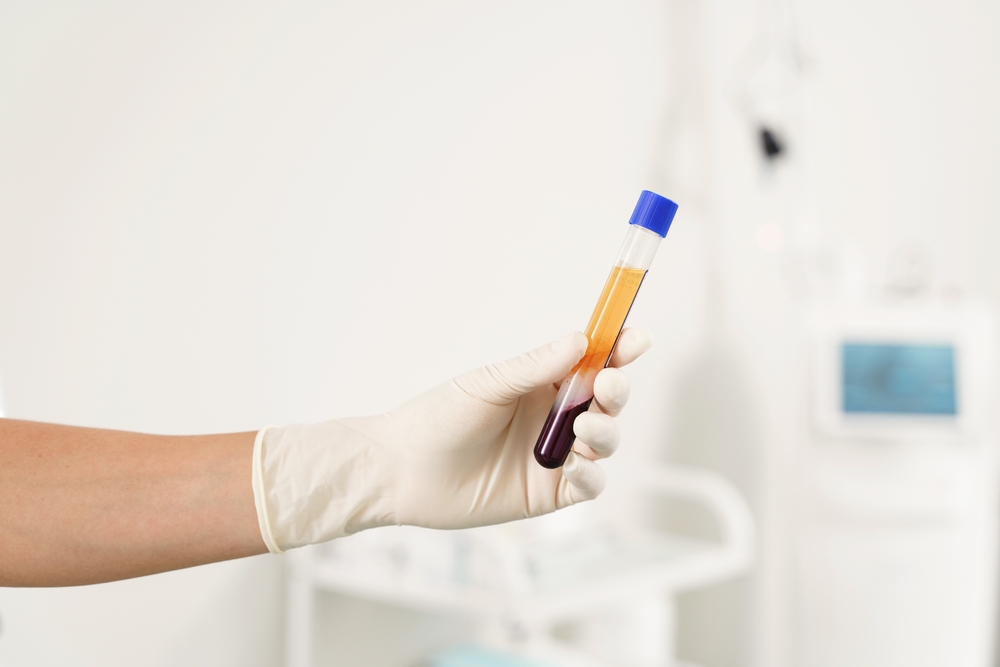Contact us at 970-749-4443
The Therapeutic Potential of Platelets – Let’s Nerd Out

Platelets can be thought of as the first responders or ambulances of your body, carrying paramedics and EMT’s to the site of injury. They help to form the clotting system that is essential for our body’s natural healing process. However, platelets are more than just a clotting factor – they also contain bioactive molecules and contain various proteins that can be used therapeutically. In this article, we will discuss platelet rich plasma (PRP), how it is activated and its therapeutic potential.
What are Platelets?
Platelets are produced by cells called megakaryocytes that live in the bone marrow. They have a lifespan of 7-10 days in the bloodstream. They carry receptors on their plasma membrane (outer coating) that allow them to perform their wide variety of functions. These receptors bind to von Willebrand Factor (VWF) and collagen when there is injury to the endothelium (single layer of cells lining the entire surface of the cardiovascular and lymph circulations). When the platelet interacts with the site of injury, they change shape and can bind to other platelets, tissue, and fibrinogen (found in inflamed joint tissue). This is part of platelet activation and aggregation. Once platelets are activated, they release the powerful contents held within, that have regenerative capabilities.
The contents inside the platelets include granules, or little packets of active bioactive molecules important in tissue repair. These molecules include growth factors, exosomes, antimicrobial substances, adhesive proteins, among many others. Each of these have unique roles in promoting blood vessel formation, cellular proliferation, and recruitment of other cells to assist in repair. The exosomes in particular are tiny little packages, or vesicles that are critical in cell communication and reduction of inflammation.
Some other important growth factors include:
-TGF-B: aids in differentiation of mesenchymal stem cells (MSC’s), which are multipoint stem cells important in making and repairing all skeletal tissue.
-PDGF: recruits multiple other cells types to injury site and is important in cartilage and meniscus repair
-VEGF: stimulates formation of blood vessels
-EGF: initiates cell growth and differentiation
-IGF-1 and HGF: responsible for stimulating cell growth
If you’ve made it this far, you’re probably thinking, “These little first responders are complex!”, and you’re absolutely correct. We have learned a significant amount about the importance of platelets in tissue and injury repair in the past few decades. With the increasing popularity of PRP, there are numerous ongoing trials and still a lot to discover. This is a very exciting and promising field of medicine that has provided significant improvement in certain patients’ lives.
Because these treatment modalities utilize your own body’s components, there are minimal risks associated, making it an excellent option for those looking for alternative treatments for their conditions without compromising safety or efficacy when compared with traditional therapies alone. If you’re interested in learning more about how PRP can benefit you, contact us today!
Machlus KR, Italiano JE Jr. The incredible journey: From megakaryocyte development to platelet formation. The Journal of Cell Biology. 2013;201(6):785-796. DOI: 10.1083/jcb.201304054
Gremmel T, Frelinger AL 3rd, Michelson AD. Platelet physiology. Seminars in Thrombosis and Hemostasis. 2016;42(3):191-204. DOI: 10.1055/s-0035-1564835
Padilla S, Sánchez M, Orive G, Anitua E. Human-based biological and biomimetic autologous therapies for musculoskeletal tissue regeneration. Trends in Biotechnology. 2017;35(3):192-202
